Even though the cold winter season has passed, there’s never a bad time of year to enjoy a warm Japanese dish made with fresh ingredients and your favorite ramen or udon noodles.
Although it’s typically made using ramen noodles, sometimes they can be hard to find due to the dish’s popularity.
What is the difference between udon and ramen? The main difference between udon and ramen is that udon is served chilled with a dipping sauce or in broth, while ramen is typically precooked and sold dried. Udon noodles are also thicker than ramen noodles, which gives them a heartier texture.
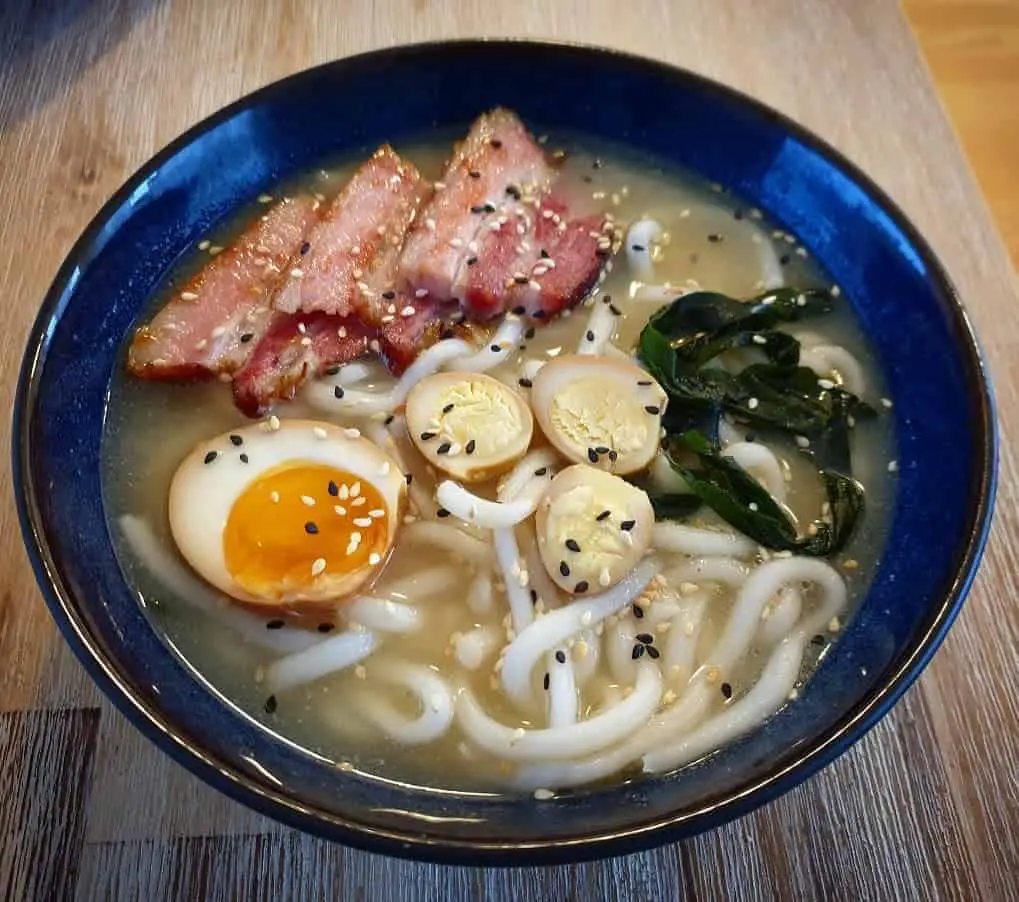

So, can udon noodles be used for ramen? Yes, udon noodles can be used for ramen. Both udon and ramen noodles are made with the same basic ingredients and have a similar flavor profile. The two noodles can be easily interchanged with each other.
I’ll admit, it’s not very common to see udon noodles substituted in a ramen dish. This is because ramen is not just a noodle but a style of preparing food that utilizes ramen noodles.
For this reason, you probably won’t find “Udon Ramen” at your favorite noodle restaurant.
However, if you’re making your own ramen at home, then there’s no reason you can’t substitute, add, or remove any ingredients to create your own unique fusion of flavors!
Udon Noodles Vs. Ramen Noodles
If you enjoy Japanese or Asian-fusion cuisine at all, then you’ve undoubtedly heard of both udon and ramen noodles. Although some restaurants serve both styles of noodles, most restaurants serve either udon or ramen-style dishes. The one exception you’ll find is at some Asian-fusion restaurants, which often combine Japanese, Chinese, and Korean dishes on the same menu to create an interesting experience for their visitors.
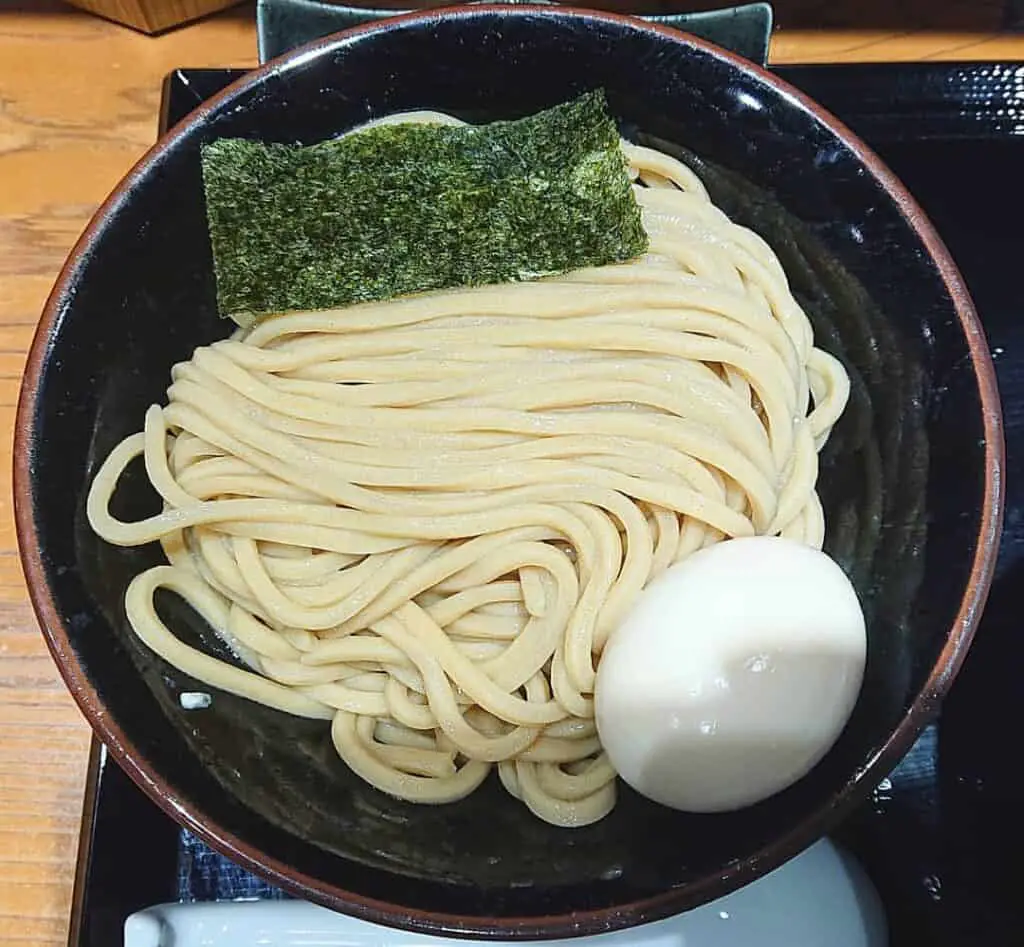
Udon noodles tend to be very thick, soft noodles are traditionally served in a brothy soup-like dish alongside various meats and vegetables. Udon is most commonly used in Japanese nabemono-style dishes, otherwise known as “hot pot” meals. The thick, soft noodles are excellent at absorbing the flavorful broths that nabemono and other udon-style dishes use.
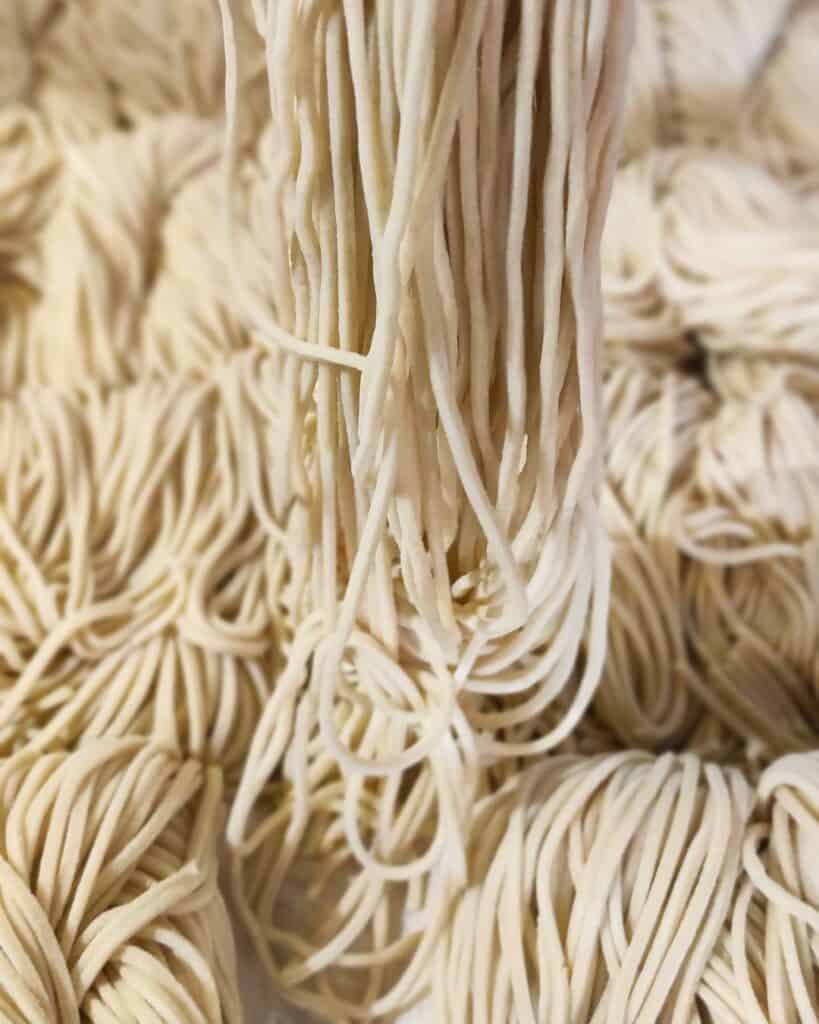
Ramen noodles, on the other hand, are a lot skinnier than udon noodles. Although they share a similar dough, the dough is kneaded into ultra-thin strands that are similar to Italian angel hair pasta. Since they’re thinner, ramen noodles are also firmer and not quite as “chewy” as udon noodles.
Ramen As A Dish Vs. Udon As A Dish
As I mentioned above, ramen is not just a type of noodle but also a dish style. Since ramen is a thinner, firmer noodle, it doesn’t absorb quite as much flavor from the broth that it’s cooked in. For this reason, ramen-style dishes are typically made with a lot more toppings and additives than udon-style bowls.
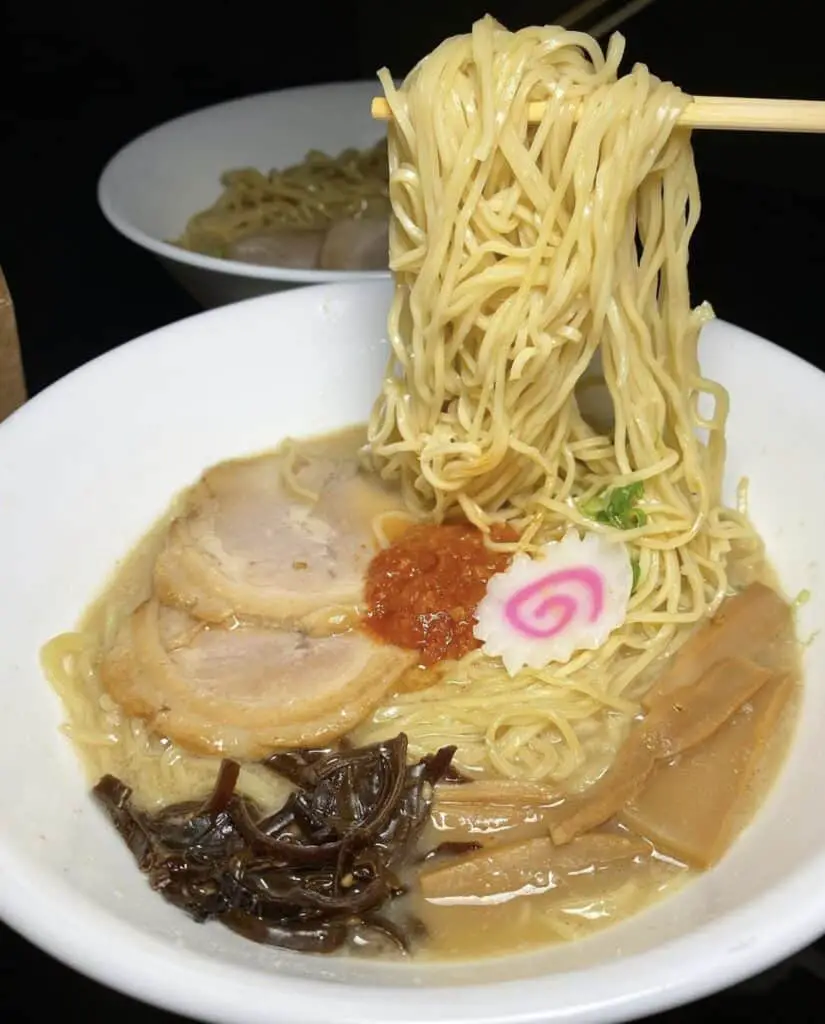
The extra toppings and seasonings give ramen its unique flavor and the noodles serve more to add to the texture of the dish than they do to add to the flavor of the dish. Common toppings used in ramen dishes are:
- Cabbage
- Meat or Fish
- Egg
- Herbs
- …and more!
Conversely, udon-style dishes tend to be a little bit lighter on the toppings. Since the thick udon noodles are able to absorb more flavor from the broth, the noodles themselves are actually quite flavorful and juicy. This lends itself to a unique flavor that you won’t find in any other noodle dish in the world!
While udon dishes don’t use as much toppings as ramen-style dishes, they share many of the same ingredients and additives, just to a lesser degree.
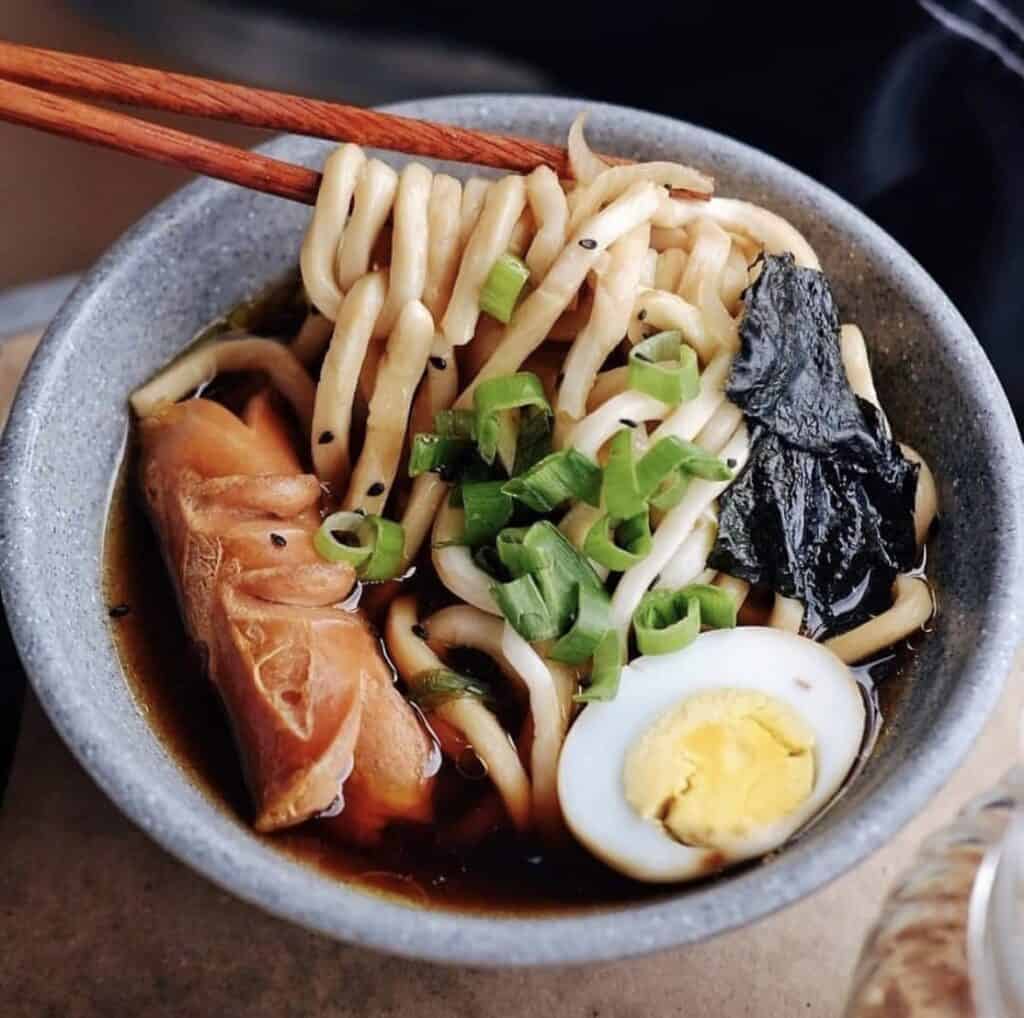
Your typical udon-style dish is very soup-like and will have you fishing the noodles (and other ingredients) out of a deep bowl. One of the most popular examples of this is sukiyaki. On the other hand, Ramen-style dishes tend to have less brother and are often described as more “pasta-like” in nature. The one exception to this is instant ramen, which is usually prepared in a larger soup container.
What Exactly Are Ramen Noodles?
Now that you know more about the common differences between these two types of noodles let’s take a brief look at what real ramen noodles are made of!
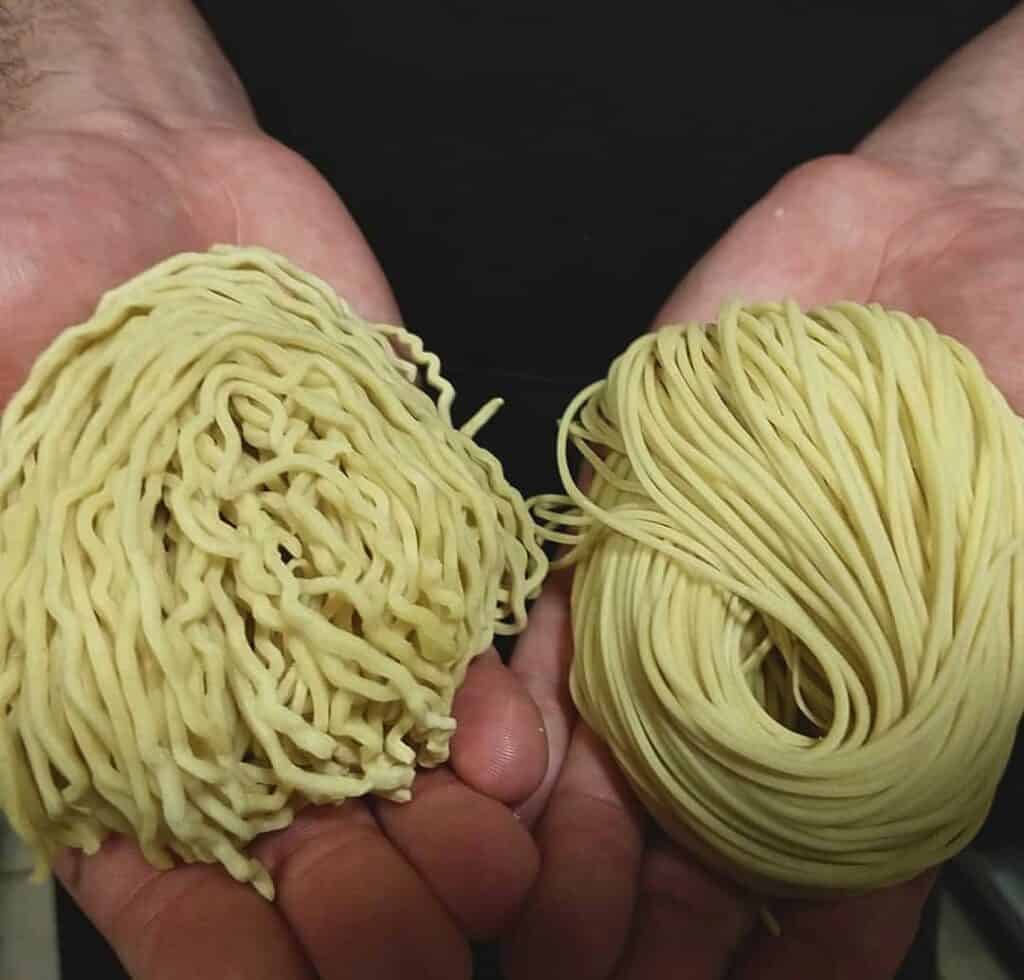
Ramen is a very simple recipe that’s made using wheat flour, salt, water, and kansui (an alkaline solution that’s used to create ramen’s smooth texture). Once the dough is made, it’s kneaded, rolled, and cut into super-thin strands. The strands are then stretched out even farther and hung to allow the strings to become longer and thinner.
After the ramen noodles finish the drying process, they’re either freeze-dried or dehydrated to be packaged and shipped. In some rare cases, the doughy noodles are delivered directly to ramen restaurants to be cooked the same day.
What Exactly Are Udon Noodles?
The process for making udon noodles is almost identical to the process used to make ramen noodles. The main difference is that udon noodles aren’t made with the kansui alkaline solution used to make ramen. This results in udon noodles being less “slippery.” They tend to be a bit softer, absorb broth quicker, and are a lot easier to pick up with chopsticks!
Udon noodles are generally regarded as more filling than ramen noodles since they’re thicker and have more dough. That being said, who doesn’t need an excuse to eat more ramen?
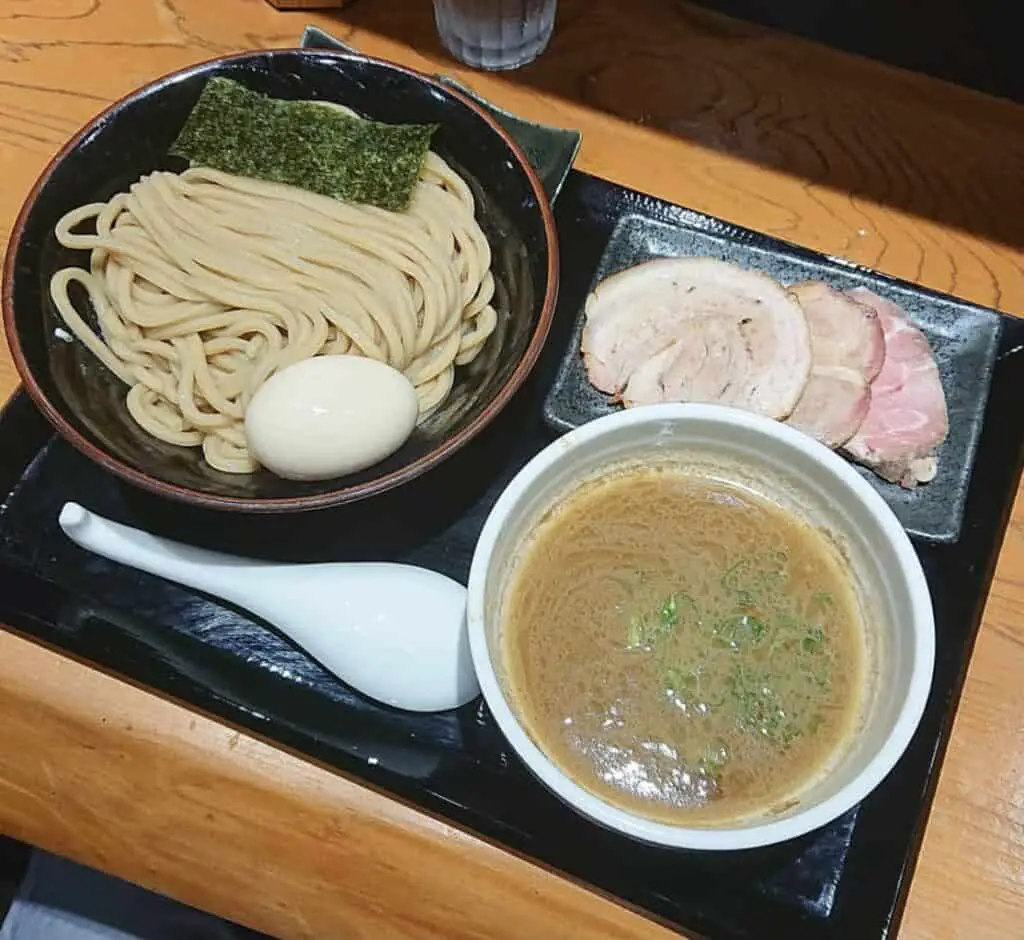
Substituting Udon Noodles For Ramen Dishes
As you can see, udon noodles aren’t all that different from ramen. The main difference between the two types of noodles is that ramen is thinner and made with an alkaline solution that produces a firmer, more slippery noodle.
Since they have a similar flavor profile, you could easily substitute udon noodles in a ramen dish. However, one thing to keep in mind is that you may want to add more broth to the dish. Since udon noodles absorb more broth, you could end up with no broth if you were to use the same amount typically required for a ramen dish.
The same principle applies in the other direction too. If you were substituting ramen noodles into an udon-style dish, then you would probably want to use less broth since the ramen noodles won’t absorb quite as much liquid.
